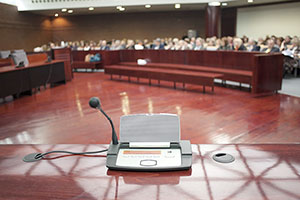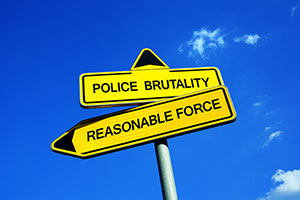A new trial has been ordered for a woman who was convicted of murder and cutting off a man’s penis after a judge found that ineffective assistance of counsel may have played a role in her conviction.
The Conviction
In 2001, the body of 44-year-old Duran Bailey was found in a parking lot in Las Vegas. Bailey’s body had been sexually mutilated, with his penis cut off.
In 2006, Kirstin Lobato was convicted of Bailey’s murder. No physical evidence linked Lobato to the crime scene. The most persuasive evidence against Lobato was her own admission to the police that sometime around the time of Bailey’s murder, she had been on drugs and had used a knife to prevent an attempted sexual assault.
New Petition for Relief
In 2010, Lobato filed a petition for relief, challenging the legality of her incarceration. The Nevada Supreme Court ordered an evidentiary hearing on 25 of Lobato’s claims. Specifically, the court ordered a hearing on the defense counsel’s decision not to hire an expert to pinpoint the time of death. ExpertPages provided an extensive analysis of the decision in this post.
The time of death is important in this case because there is evidence that Lobato was in Panaca, a town about two-and-a-half hours away from Las Vegas, during midday and early evening on the date that Bailey’s body was discovered. Bailey’s body was discovered at around 10 p.m. on July 8. The only evidence presented regarding time of death was from the medical examiner who indicated that death could have occurred as early as 10 p.m. on July 7.
Evidentiary Hearing
Judge Stefany Miley presided over an evidentiary hearing examining Lobato’s claims of ineffective assistance of counsel. At the evidentiary hearing, one of Lobato’s attorneys, David Schieck, testified that he should have more closely supervised the less-experienced attorneys who had been working on the case. Schieck said that the attorneys obtained a time of death estimate, but failed to call the forensic pathologist as an expert witness at trial.
Four forensic experts testified for the defense. A former Clark County medical examiner and professor of forensic pathology testified that, based on the photos and reports indicated lack of blowfly colonization on Bailey’s body, it was likely that he died at about 9 p.m. on July 8, 2001.
The state presented two expert witnesses. The first expert testified that Bailey’s body temperature and rigor mortis indicated that he died early to mid-morning on July 8, 2001. The state’s second expert testified based on insect analysis that he could not rule out the possibility that Bailey’s body had been at the crime scene during daylight hours.
Ten alibi witnesses testified about Lobato’s whereabouts on July 8, 2001, placing her in Panaca from 11:30 a.m. until later that evening.
Judge Miley found that the alibi and expert witness testimony combined to create strong alibi evidence that Lobato had been in Panaca at the time that Bailey was killed and granted her a new trial. In her order granting a new trial, Judge Miley wrote, “Considering the totality of the evidence, had [Lobato’s] counsel provided evidence that narrowed [Bailey’s] time of death, it would have, within a reasonable probability, made a difference in the outcome of the trial,”













